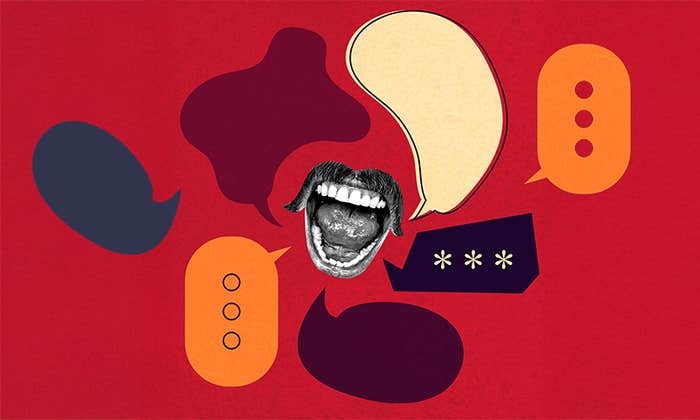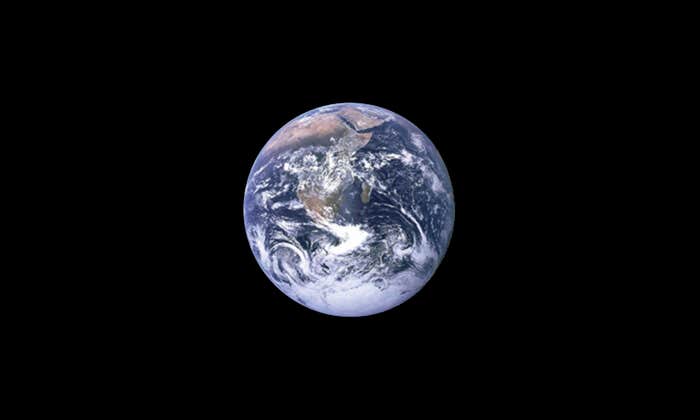1 Noise Kills
When I began working on Crossings, I assumed that I knew what I would encounter. Roads wreak ecological chaos, and from the outset I planned to include a chapter about roadkill, one about traffic impeding migration, another about the chemical harms of road salt, and so on. The map, I figured, would be straightforward.
Soon after I began to delve into the road-ecology literature, however, I realized that I’d missed one of the most pervasive problems: road noise. The noise pollution that emanates from car tires and engines billows away from highways, masking the subtle acoustic signals—the flap of a hawk’s wings, the crunch of vole feet—that predators and prey alike need to survive. Noise, I came to feel, was perhaps the road’s worst harm. It was even compelling animals to avoid entire transportation corridors and thus inflicting massive habitat loss. A highway itself might only run 150 feet from shoulder to shoulder, yet its acoustic scar can span miles.
Autonomous vehicle sensors won’t detect small animals, which means most wildlife is out of luck.
Recognizing the dangers of road noise also drove me to think harder about our own species. After all, it’s not just warblers and waxwings whose lives are hampered by cacophony. Noise pollution drives up human cortisol levels, elevates our blood pressure, and renders us more susceptible to cardiac disease, stroke, and other maladies; as The New Yorker put it, it may be “the next big public-health crisis.” In my original plan for the book, I’d isolated roads’ impacts on humans to a separate, concluding chapter. But once I realized that road noise harms us just as it harms bears and birds, I decided to integrate human health more thoroughly throughout the book.
And it wasn’t just the book that changed, it was my life. From 2018 to 2021, my wife and I lived on a busy arterial road within earshot of an interstate highway—a location, I realized, that might literally be taking years off our lives. When we moved in early 2022, we prioritized finding a house on a quiet street, and today we’re happier, and healthier, for it.

2 Autonomy Won’t Save Us
Another preconceived notion I brought into my work on this subject was that autonomous vehicles would eventually become a boon for wildlife. To err, as a driver, is human: Even when we’re not checking Instagram mid-merge, we’re plagued by an embarrassing litany of cognitive biases and sensory deficiencies. As the author Tom Vanderbilt documented in his book Traffic, we suffer from “inattentional blindness,” misjudge “closing rates,” and are vexed by “motion parallax.” While self-driving cars may never be flawless, they won’t share these human frailties: The moose or bear that looms out of the darkness too abruptly for our feeble focal vision to process should be promptly detected by an AV’s unblinking radar and infrared camera. It’s not farfetched to imagine autonomy virtually eliminating large-animal collisions.
Even so, today I’m much less sanguine about what AVs may mean for nature. Yes, large animals will benefit, but it’s the diminutive critters—rodents, reptiles, amphibians, birds—that make up the vast majority of roadkill. One auto executive told me that his companies’ sensors won’t detect any animal smaller than a human toddler, which means that most wildlife is out of luck. Indeed, AVs could ultimately produce more roadkill. My wife and I recently swerved to avoid a prairie rattlesnake in the New Mexican desert, then pulled over to (carefully!) nudge him off the road. My robot chauffeur will show no such regard.
America’s relationship with the car isn’t a love affair—it’s an arranged marriage foisted by industry.
Moreover, I’ve come to realize that focusing solely on animal collisions misses the larger point. According to most modeling, autonomous vehicles will produce a spike in total “Vehicle Miles Traveled”: When you can lounge in the backseat with your laptop while your car shuttles you around, trips start to feel less onerous. And when it’s relatively painless to commute, there’s nothing stopping you from living farther from your workplace. As a result, autonomy will likely enhance highways’ barrier effect (i.e., more cars on the road will make it harder for animals to migrate) and facilitate habitat-destroying sprawl. These unfortunate outcomes can still be prevented—one conservationist proposed to me that AV manufacturers pay a special tax to fund land preservation—but only if car companies and scientists start figuring out how to prevent autonomy from becoming an ecological debacle now.
3 Cars Aren’t Inevitable
“America has a love affair with the car.” That’s an adage you often hear to explain the origins of our car-dominated landscape: our suburbs, our drive-throughs, our high-velocity “stroads.” We’ve surrendered our towns, cities, and ecosystems to the automobile, this thesis goes, because we helplessly adore it, and the freedom and mobility it provides us.
But America’s relationship with the car isn’t truly a love affair—as the historian Peter Norton has observed, it’s more like an arranged marriage, foisted upon us by car companies, oil industry lobbyists, road-builders, and other powerful interests collectively known as Motordom. In fact, when the car first proliferated in the early 20th century, it was widely loathed by urbanites who (rightly) considered it a fearsome, dangerous usurper taking over city streets. When I dug into the early history of roadkill studies, I found a similar anxiety among wildlife biologists, who described the automobile as a “devil-wagon” that was crushing creatures from red-headed woodpeckers to ground squirrels. By the 1920s, one researcher wrote, roadkill had become “one of the important checks upon the natural increase of many forms of life.”
What does this tell us? Simply this: If many Americans once opposed cars for social and ecological reasons, they could rebel again. Indeed, we can already see these currents swirling in cities like Milwaukee and Rochester, which have demolished freeway sections that historically damaged communities of color, and others such as New York and Cincinnati, which, during the early days of COVID-19, took dramatic measures to enhance walkability and bikeability by closing many streets to cars. And we can detect a renewed environmental awareness about the harms of highways in the 2021 Infrastructure Investment and Jobs Act, which included significant funding to build wildlife crossing structures and retrofit road culverts that impede fish migrations.
Since researching this book, I find myself exchanging my Subaru for my bike more often, but I still do plenty of driving, and I know that cars remain, for now, unfortunately indispensable in most rural areas and even many American cities. It may be too late to file for divorce from the devil-wagon altogether, but we can still diminish the automobile’s dominance and destructiveness—and create a less car-oriented world, on behalf of all living beings.
Lead image: Mikayla Summerfield / Shutterstock




























